This article is more than 5 years old.
Each year, the Guild of Book Workers has a conference called Standards of Excellence in a different host city. The conference is referred to simply as “Standards” and was held in Minneapolis this year amid cool fall weather. One of the distinctive features of Standards is there are four speakers over two days who demonstrate a skill or technique in bookbinding, papermaking or calligraphy. Another Standards trademark is an exhibit composed of juried work by Guild members who are given a topic and asked to create work based on this theme. Formation, the exhibit this year, debuted in Minneapolis.
Prior to the presentations, I was privileged to go on a tour of the Minnesota Historical Society, located in St. Paul. The MHS is housed in a contemporary building with a beautiful location facing the Minnesota State Capital. We had a tour of their Conservation Lab and saw examples of their work and material treatments from their staff.
We also saw examples of their collections from a variety of Minnesota authors and historically significant maps. Most significantly, I learned a new twist on my current archival box methodology from the Conservation Lab staff, which I’ll be incorporating into my work at ZSR.
The lab tour included some ephemera left at Prince’s residence in Minneapolis (They also have Prince’s Purple Rain suit).
In the evening, we attended a reception at the Minnesota Book Arts Center. This outstanding facility has studio space for letterpress printing, paper-making and bookbinding. In their gallery, we took in the Guild of Book Workers new exhibit, Formation.
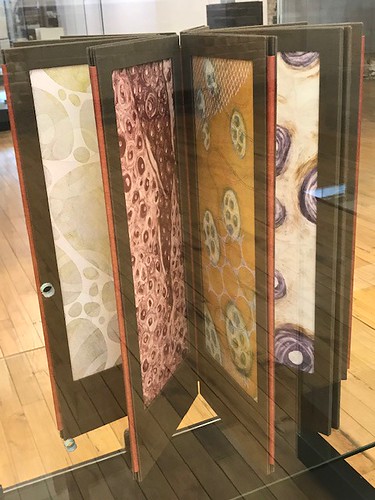
Proliferation by Suzanne Sawyer
This exhibit contains books and prints made using this theme of formation. This exhibit was beautiful, creative, and thought provoking.
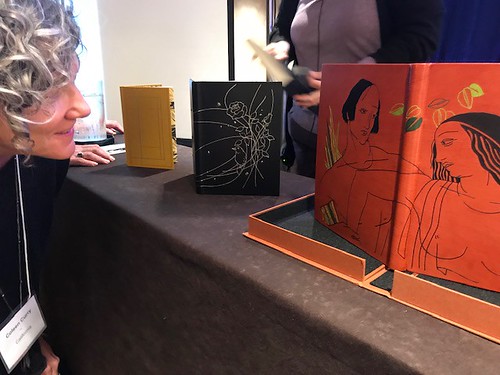
Books with Hand-tooling by Jana Pullman
Jana Pullman presented on “Hand Tooling on Books with Foils and Leather Inlays.” Jana has been a teacher in Minneapolis and trained with the respected Bill Anthony at the University of Iowa. Jana demonstrated her technique of transferring a drawing to a hand-cut stencil which is used to guide her tooling onto books. This straight-forward method uses a heated stylus and colored or gold foil. The stencil guides the heated stylus as the book is first ‘blind-tooled’ and then has the foil adhered to the book cover. Jana’s work is exquisite.
The second session was presented by Jim Croft, who is an energetic force-of-nature who kept everyone in laughter and continually astounded. I knew his presentation would be special after his entrance into the hall playing a trombone. Jim has studied with many binders in Europe and the U.S. He focuses on re-creating early book structures dating to the 15th century in an effort to understand why these materials have held up so well over time. Jim did everything from sharpening tools to splitting red cedar for wood book boards. Everyone received a piece of the flax he grows to make his own thread. There were many examples of his medieval inspired wood-covered books available. Jim also spent time myth-busting bookbinding practices, discussing his methods of tanning leather and explaining the proper techniques for sharpening tools.
Shawn Sheehy is a paper engineer who designs pop-up books and is respected and collected by many institutions, including The Library of Congress. Shawn demonstrated and explained how the most common pop-ups are made. He used these techniques to demonstrate a variety of ways to use these forms to create dynamic creations as one opens a page.
Gaylord Shanilec is a noted wood engraver living in the Minneapolis area. He is the owner of Midnight Paper Sales which he operates to create design bindings. Shanilec creates the wood engravings and letterpress prints these books. He is the recipient of the Carl Herzog Award for excellence in book design. During his presentation, he demonstrated the wood engraving process, showing how he transfers an image to a wood block (he makes his own blocks from wood on his land). Gaylord also demonstrated how he uses one of his photographs and modifies it with Photoshop in preparation for carving.
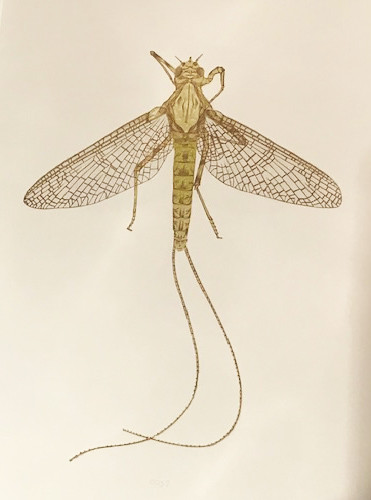
Wood engraving by Gaylord Shanilec
Standards brings the best bookbinders, book designers and conservation professionals in the world together. I always learn something I can bring home and use in my lab. Beyond this, I am exposed to the work and minds of many of the top design creatives in the book conservation world. This is a tremendous boost to my work and inspires my personal creativity in Special Collections & Archives at ZSR.

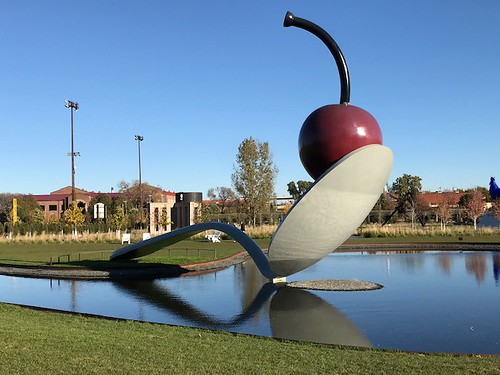
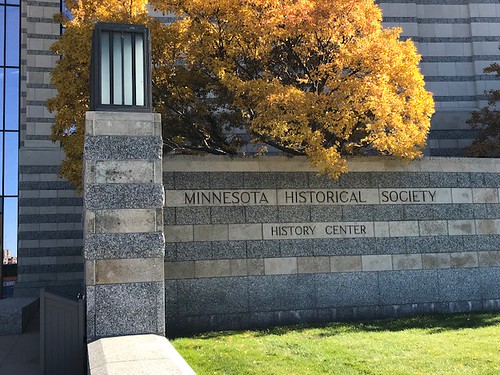
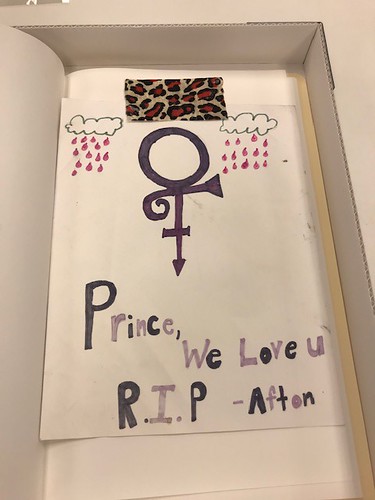


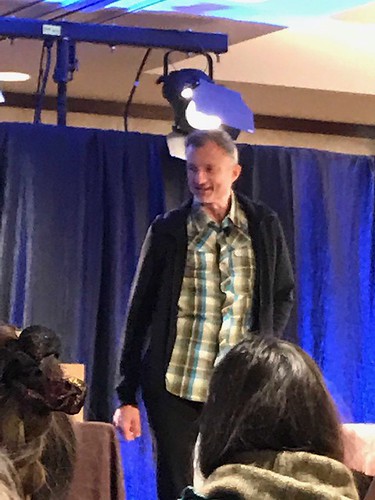

11 Comments on ‘Guild of Book Workers Standards of Excellence- Minneapolis’
So glad you were able to attend, Craig, and bring new ideas back to Wake Forest!
Books, trombones, and Prince! What a conference! Thank you for sharing, Craig.
So much work goes into books, and thus their preservation and repair – paper items too. Glad you were able to go and keep learning skills to use for our collections, Craig!
Cool conference! Happy for you that you could attend and be inspired!
This sounds like it is such a marvelous experience! Thanks for sharing it with us.
In this age of online information, it’s great to see so much skill, effort and care devoted to the preservation of the printed word.
Trombones and archival boxes, I`ve said it before and I will say it again; you have the best job ever!
Wow! Next time I am DEFINITELY going! :/
Good to know that artist-librarians have a place to show their talents and creativity.
This is incredible! Thanks for taking the time to write up the details to help the rest of us learn a little vicariously.
Clearly, these are your people.